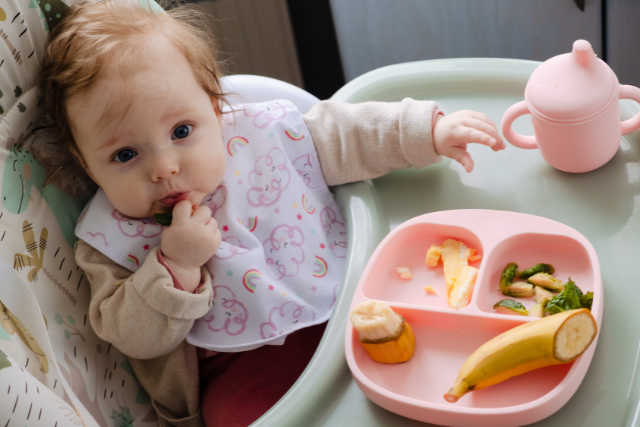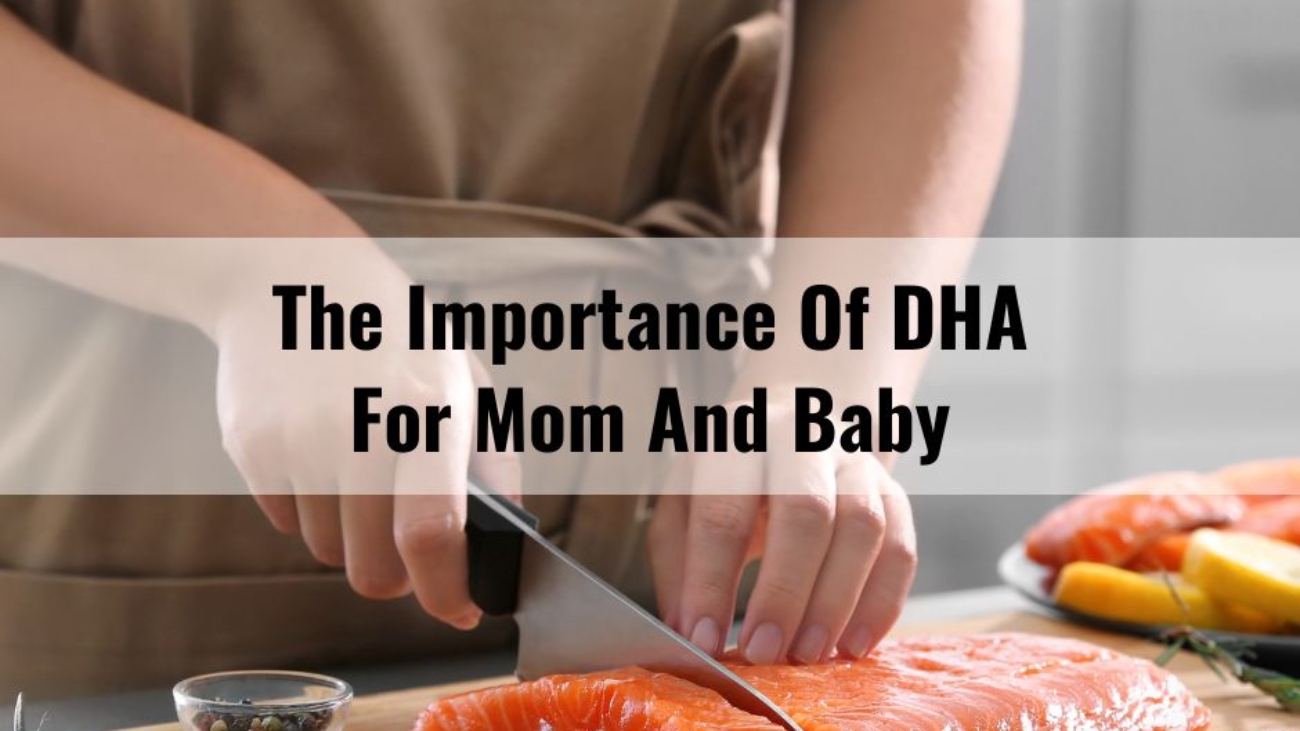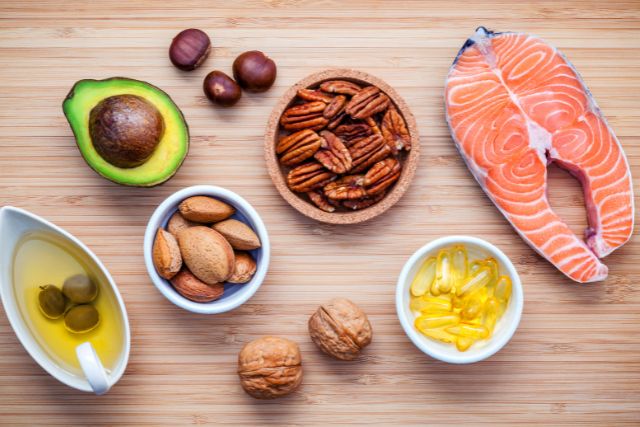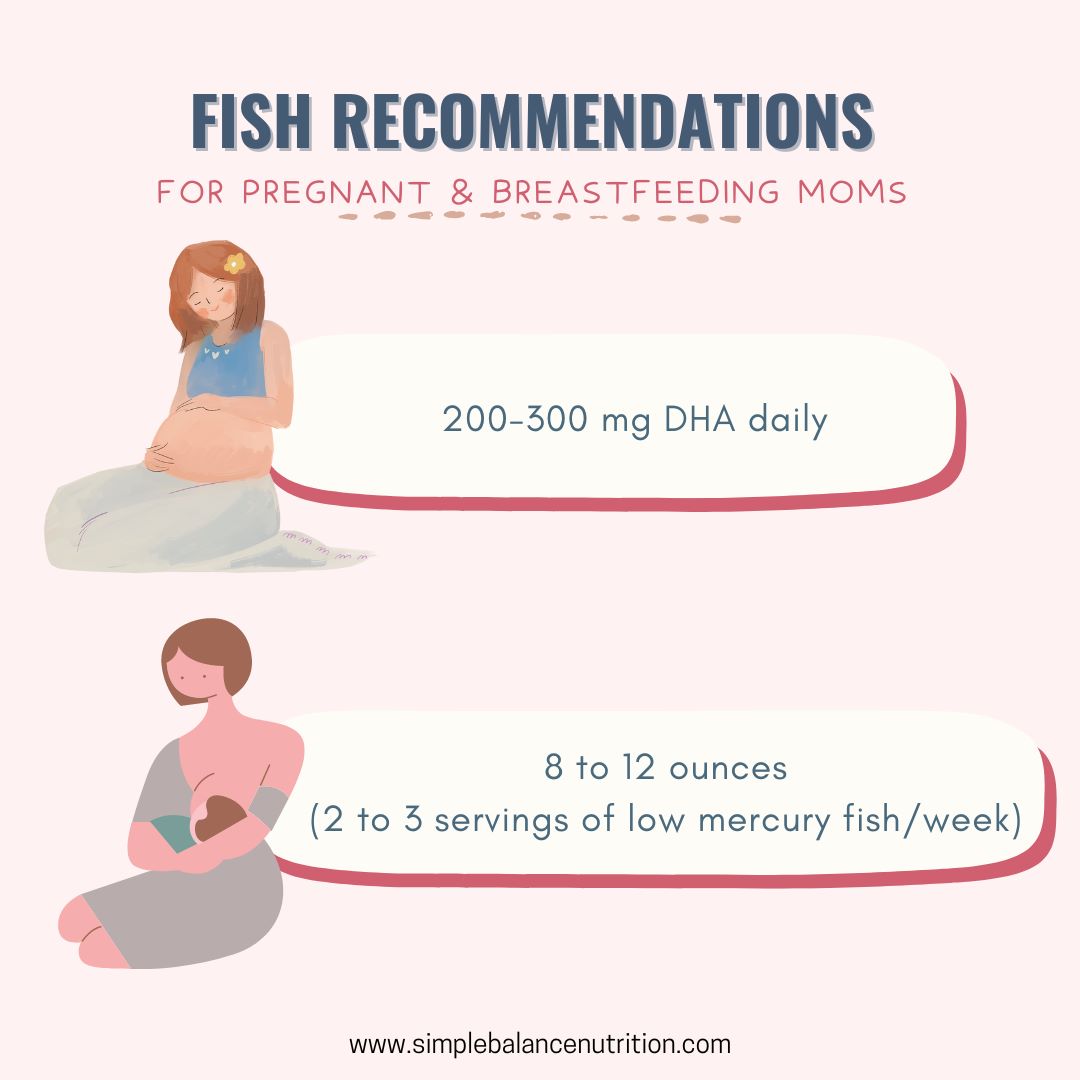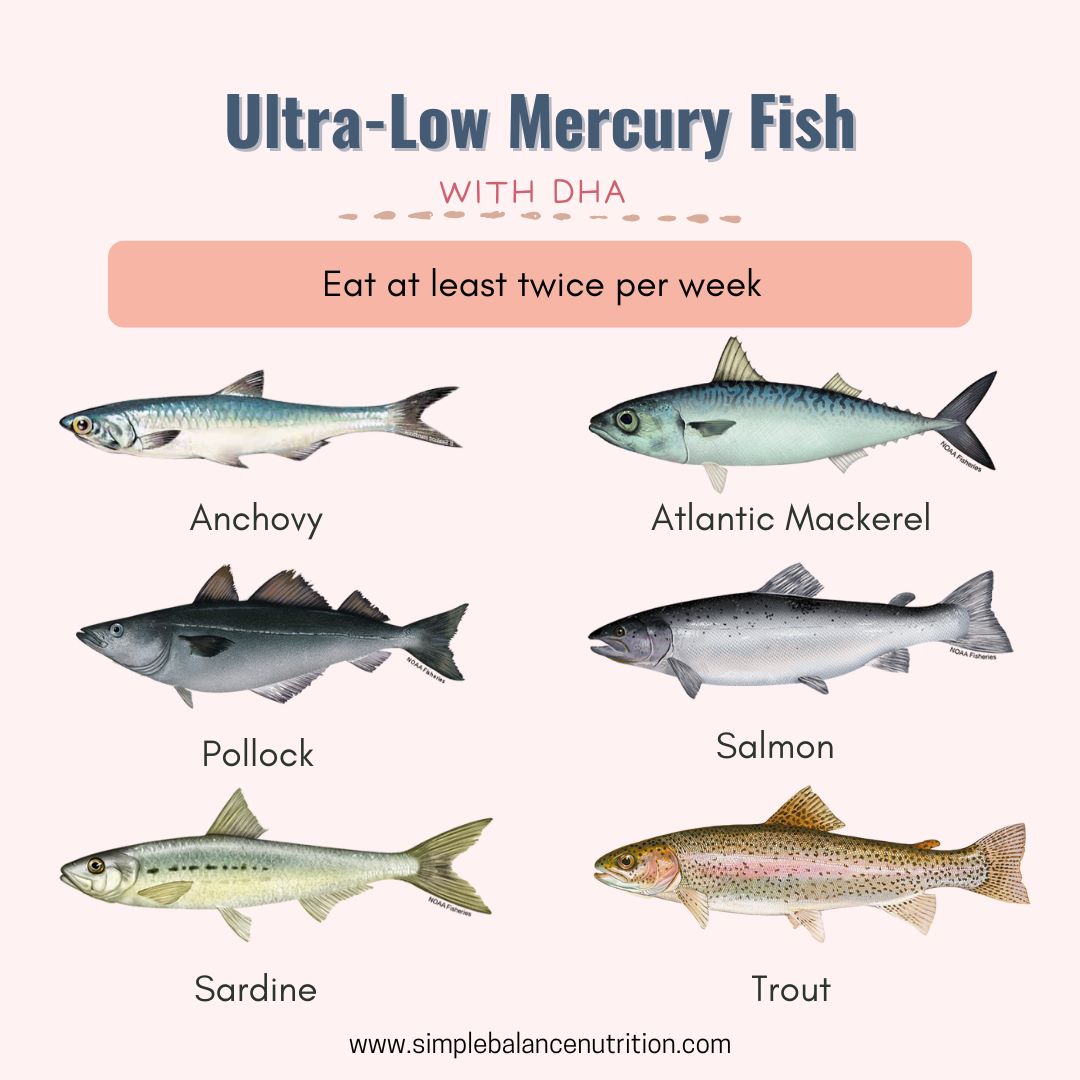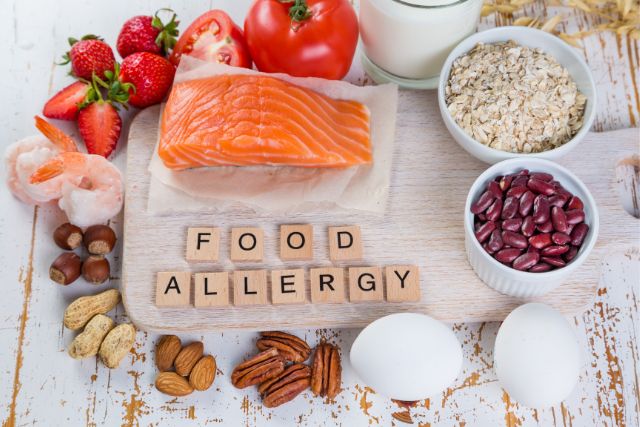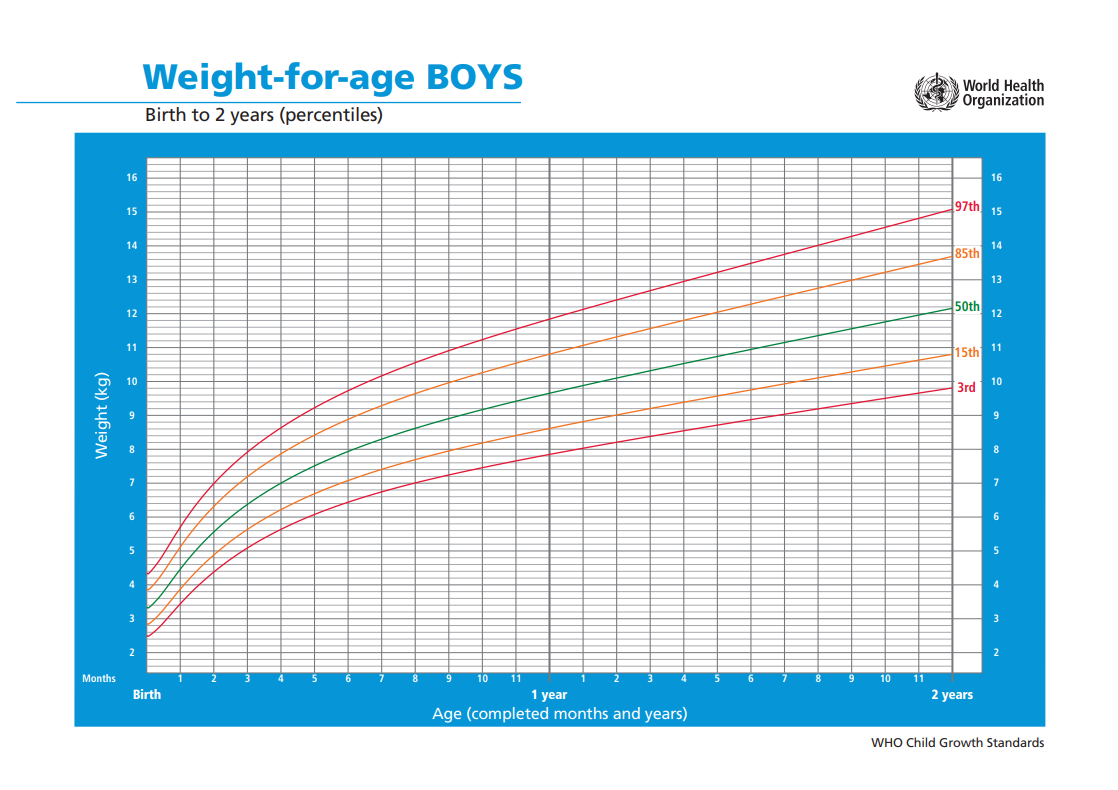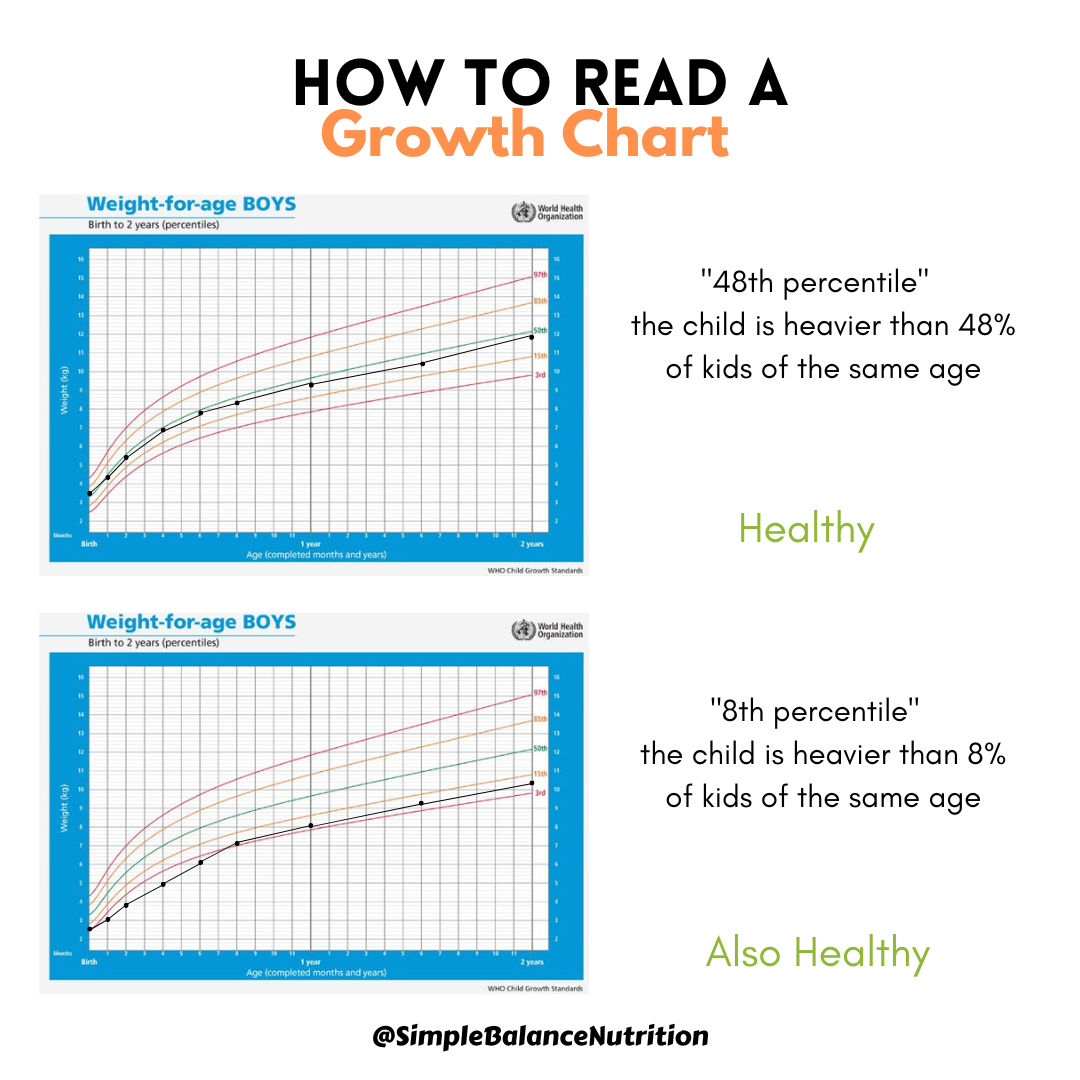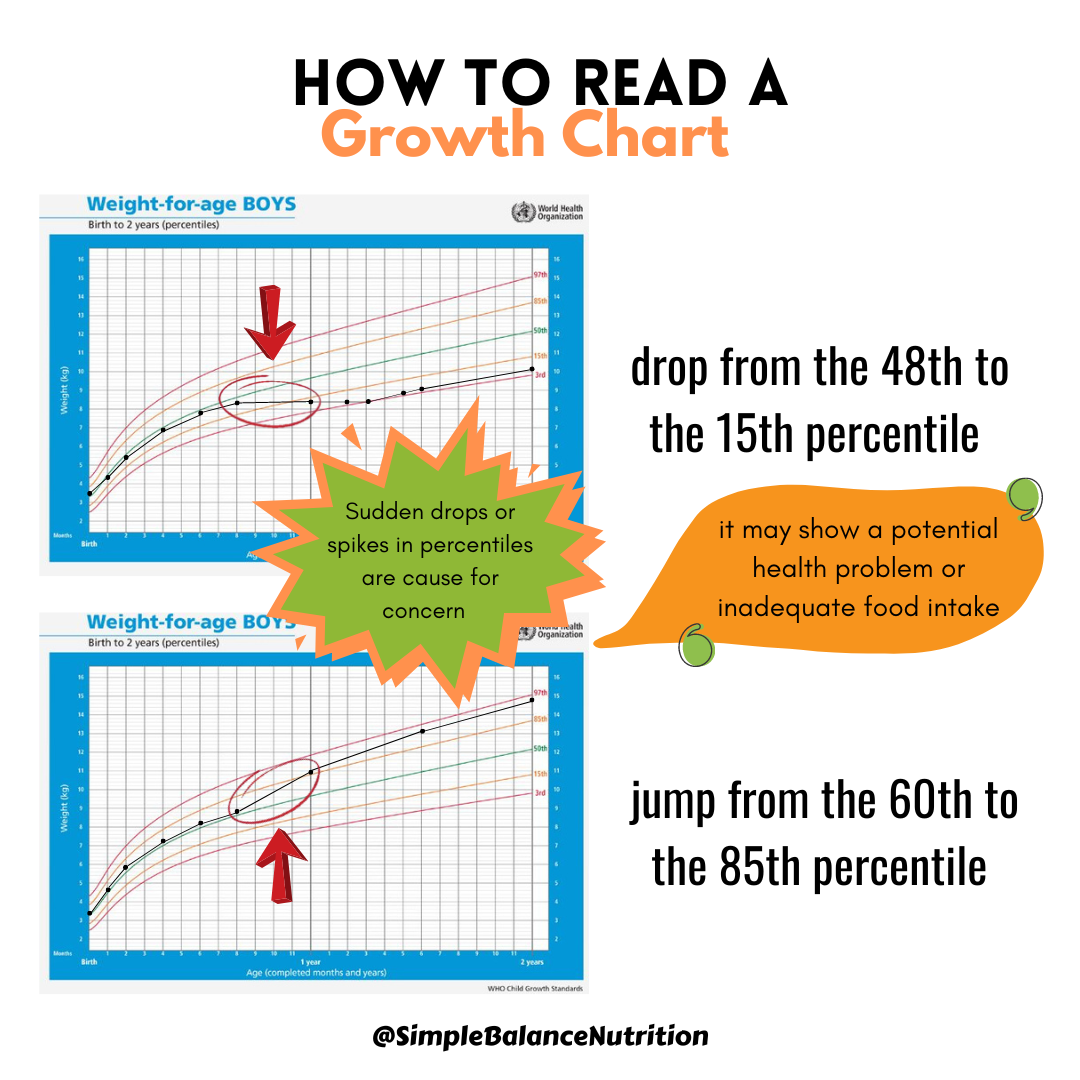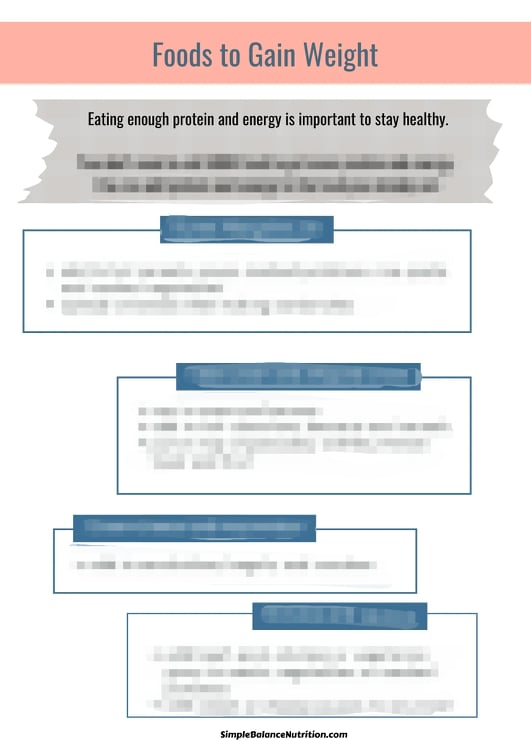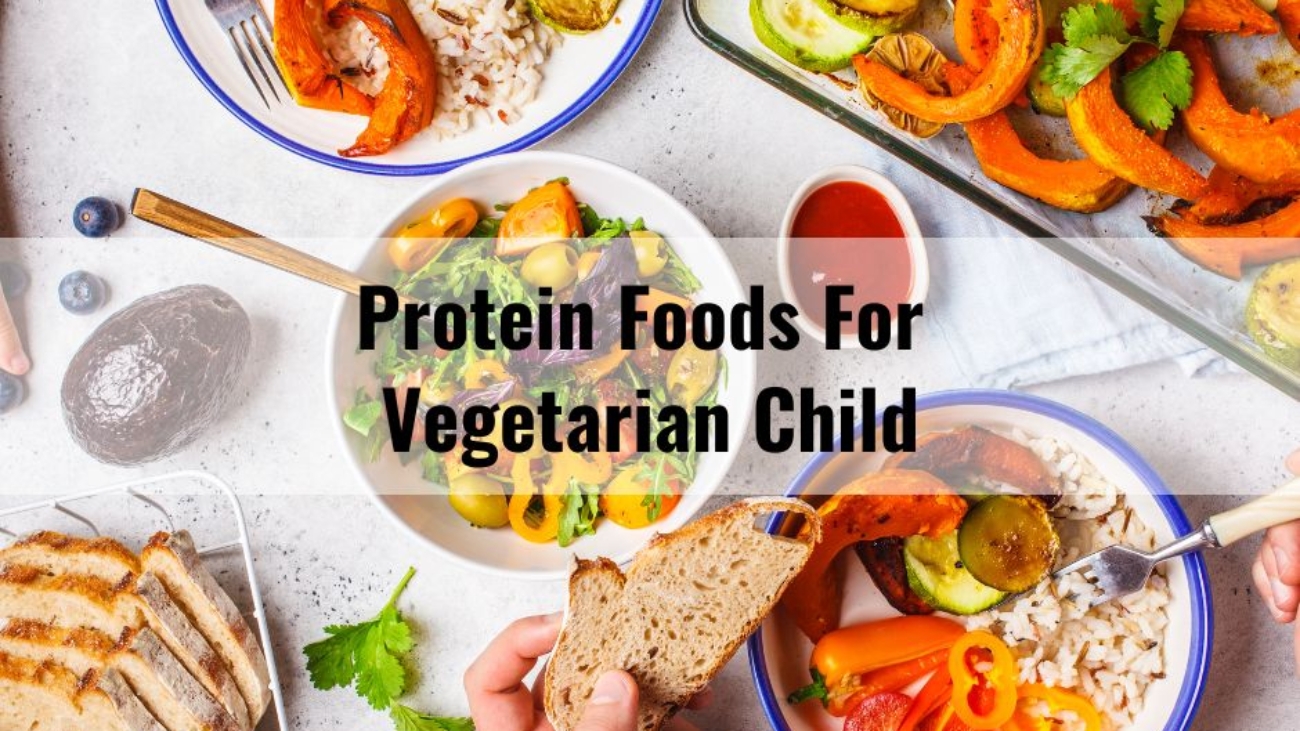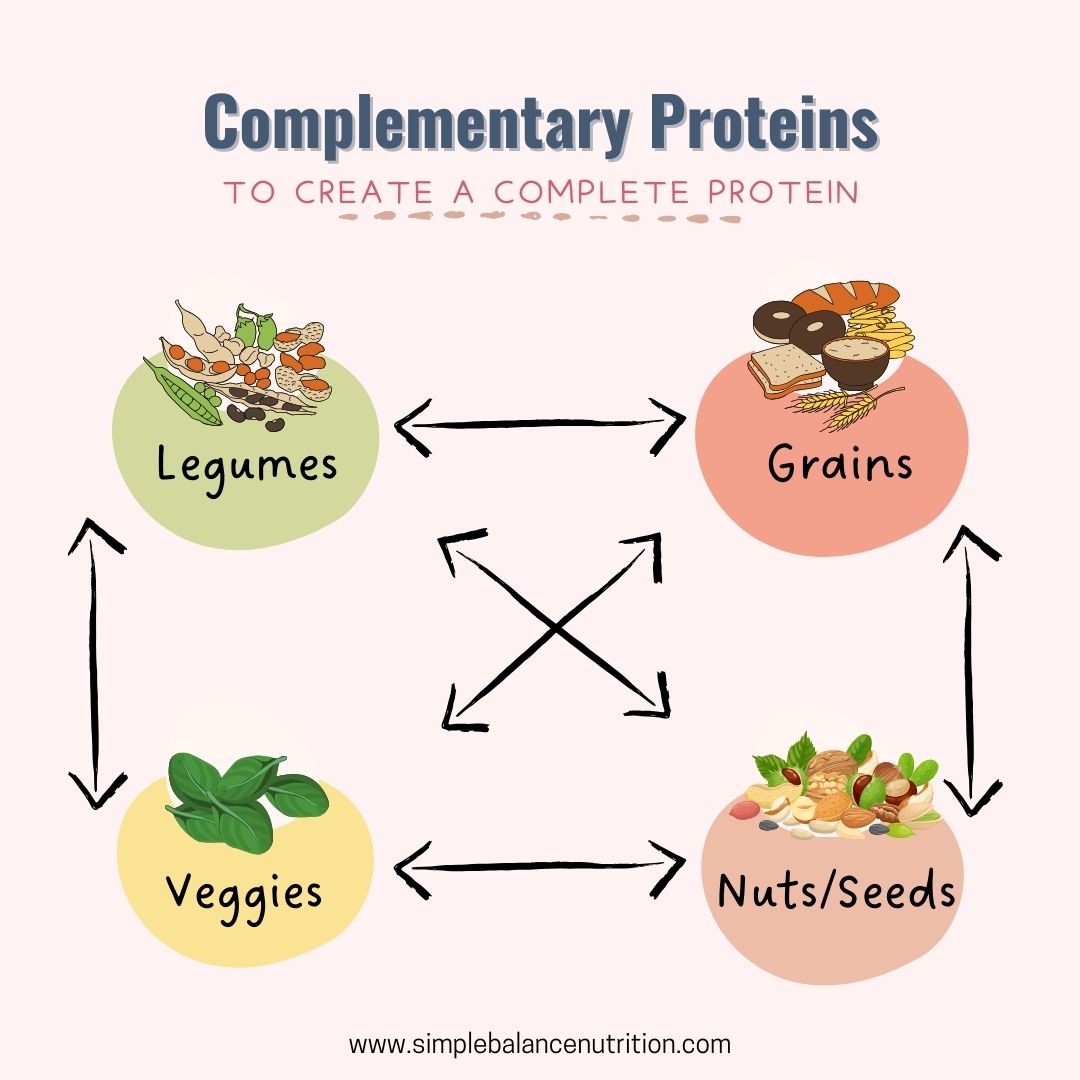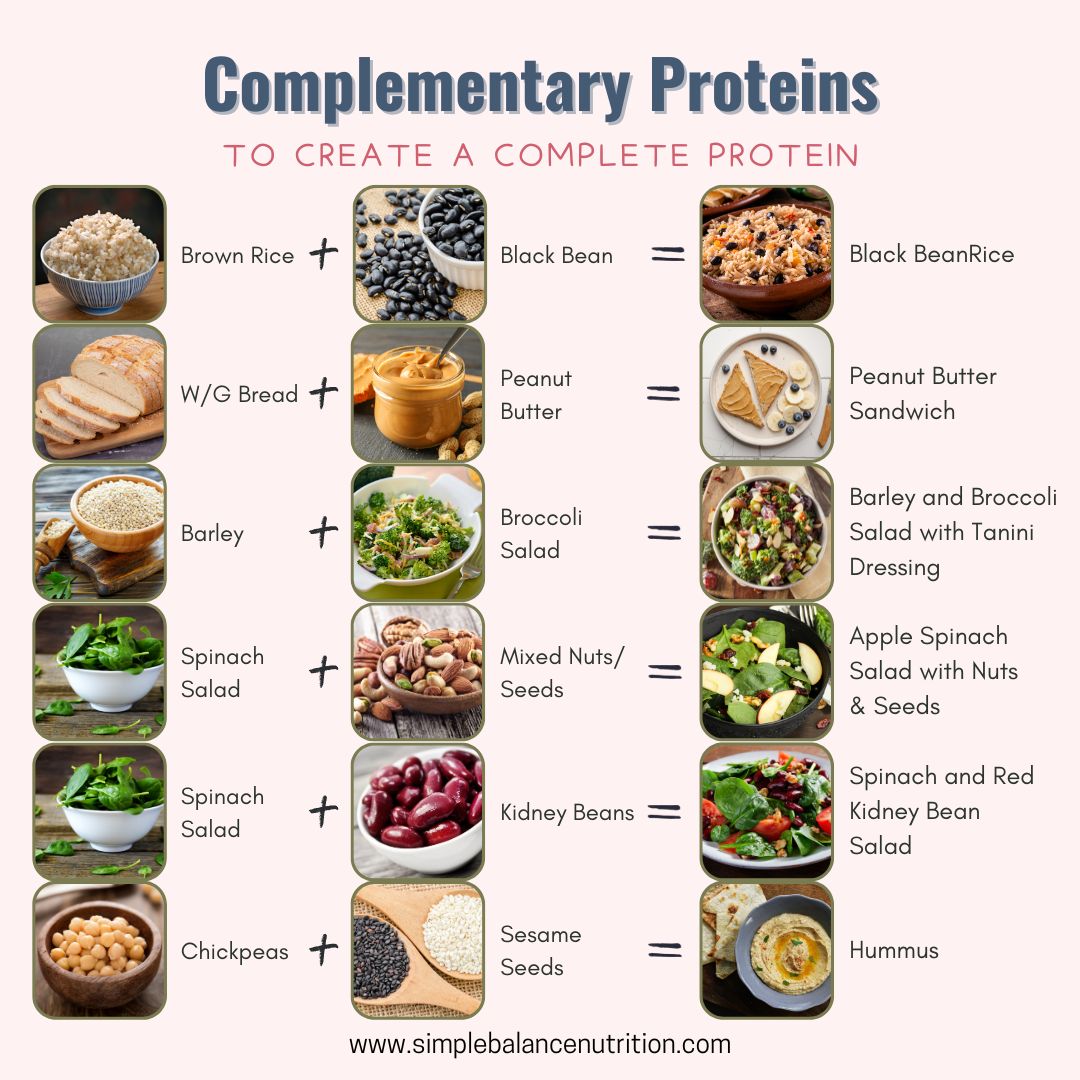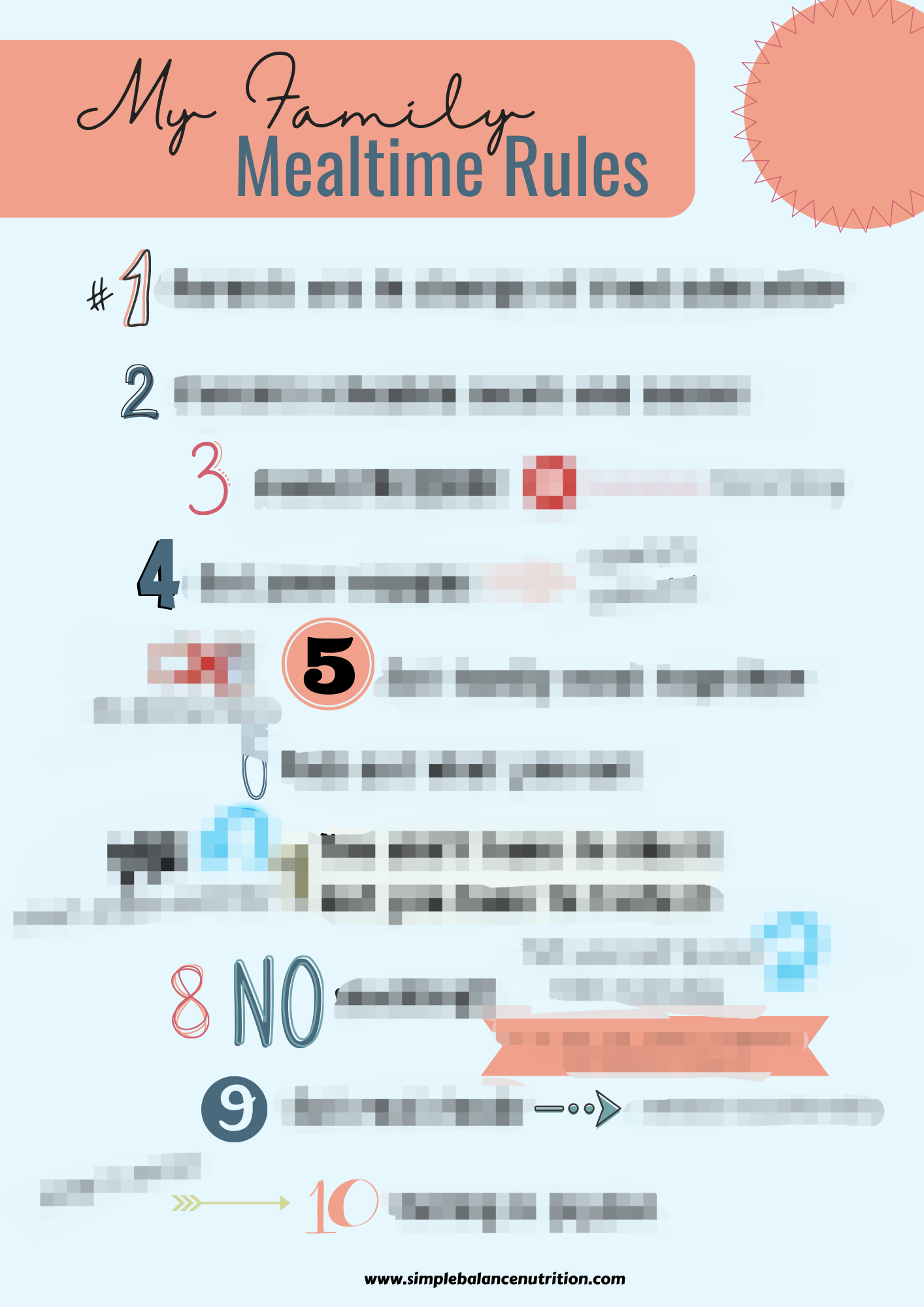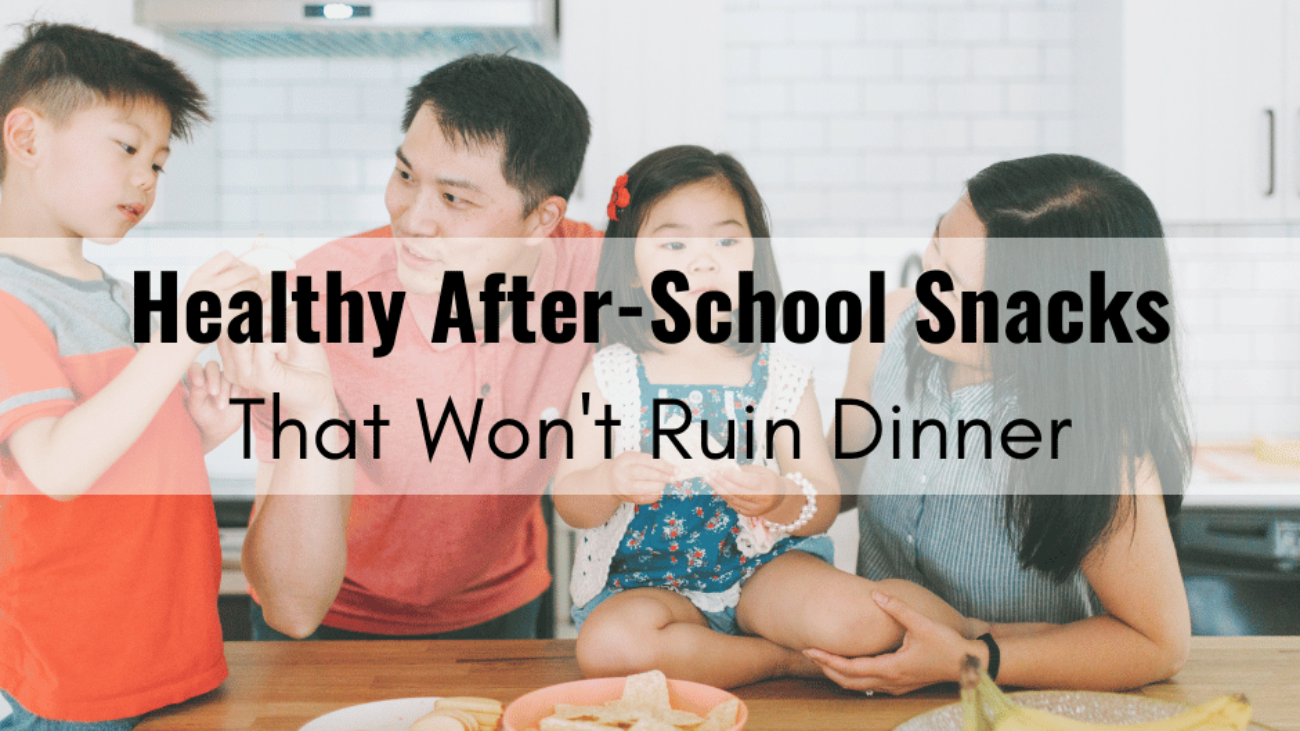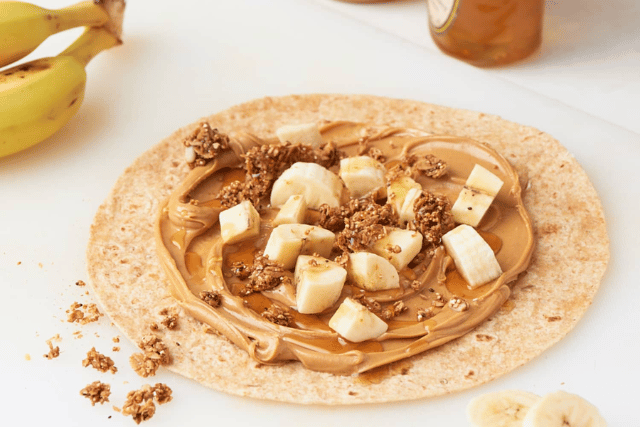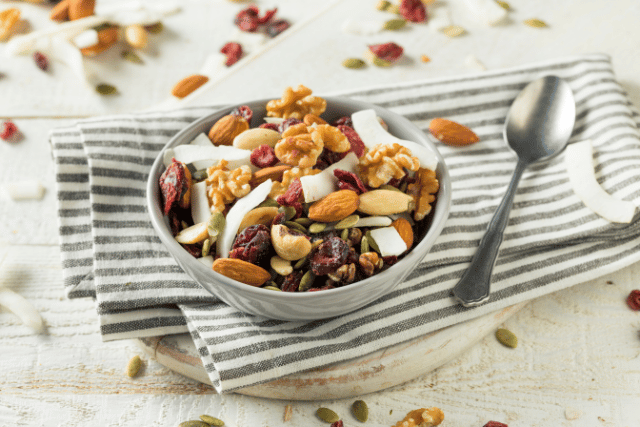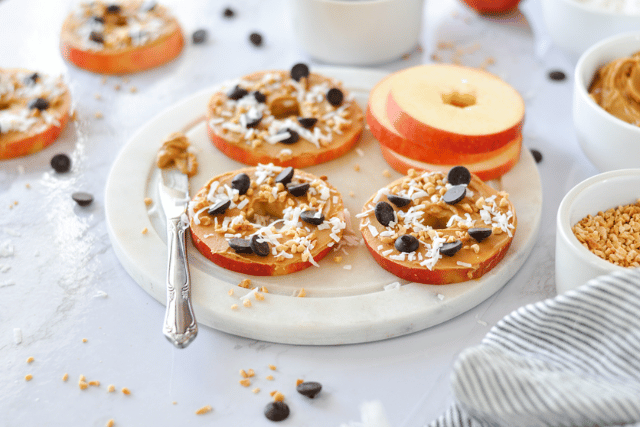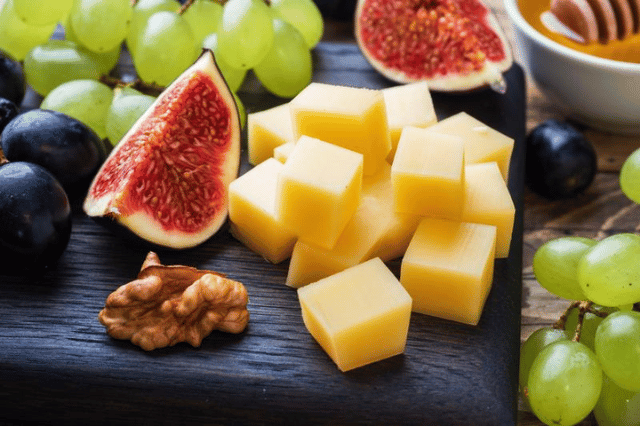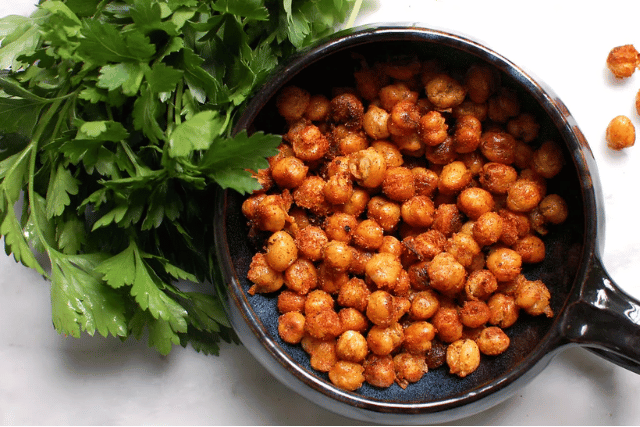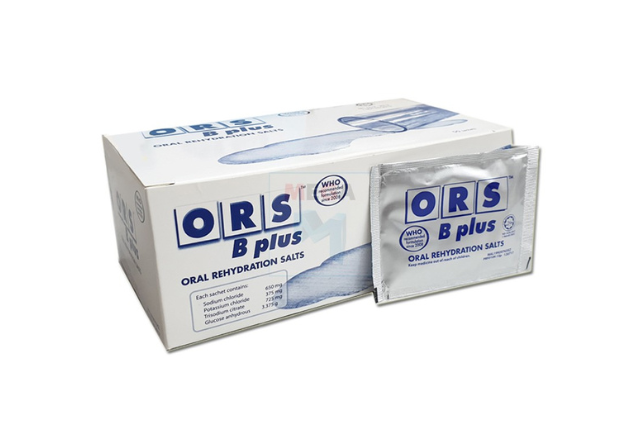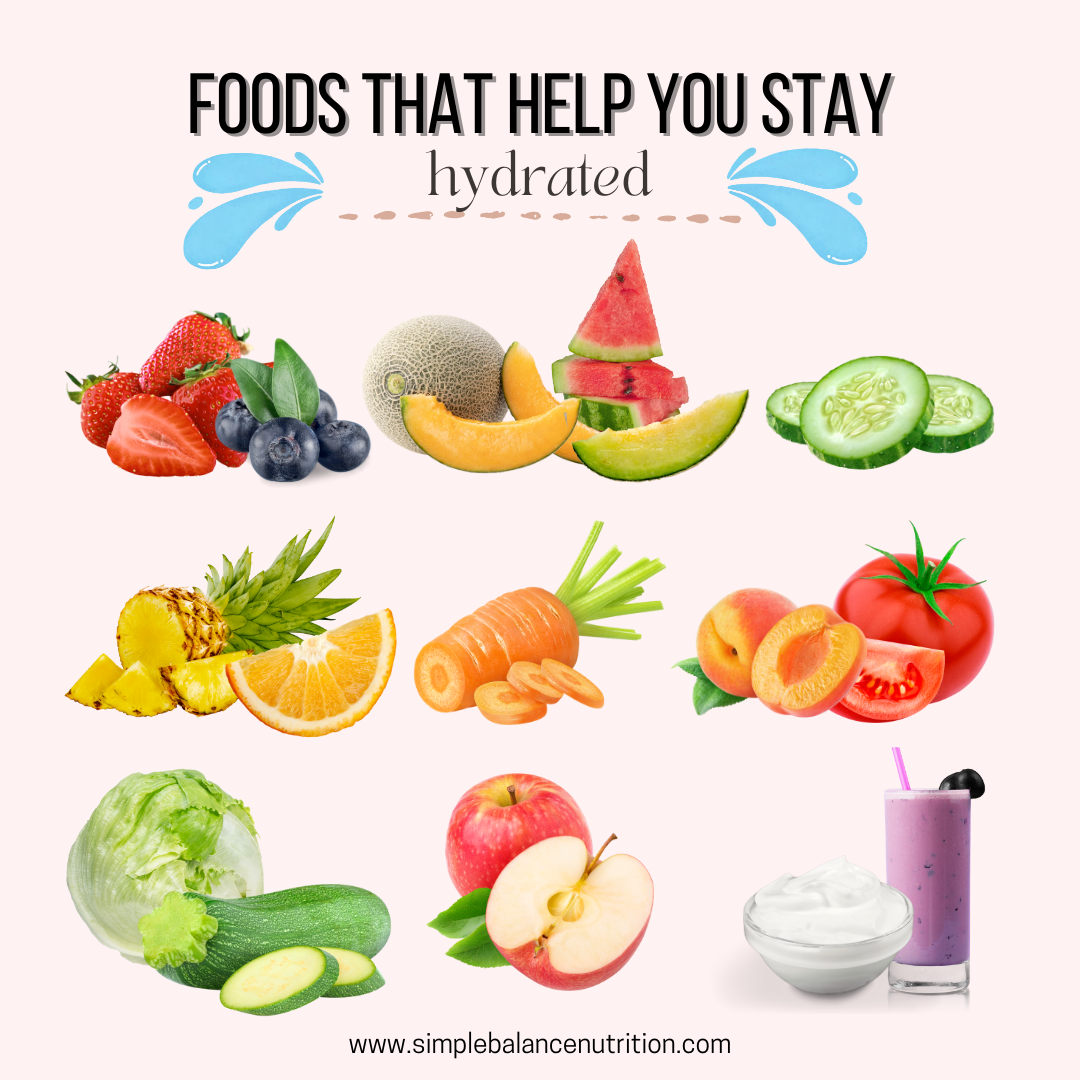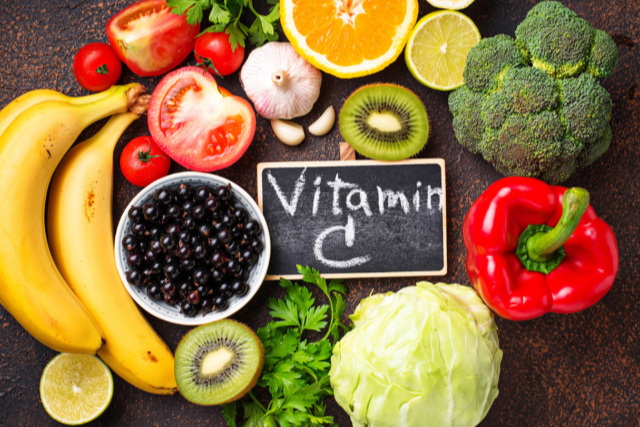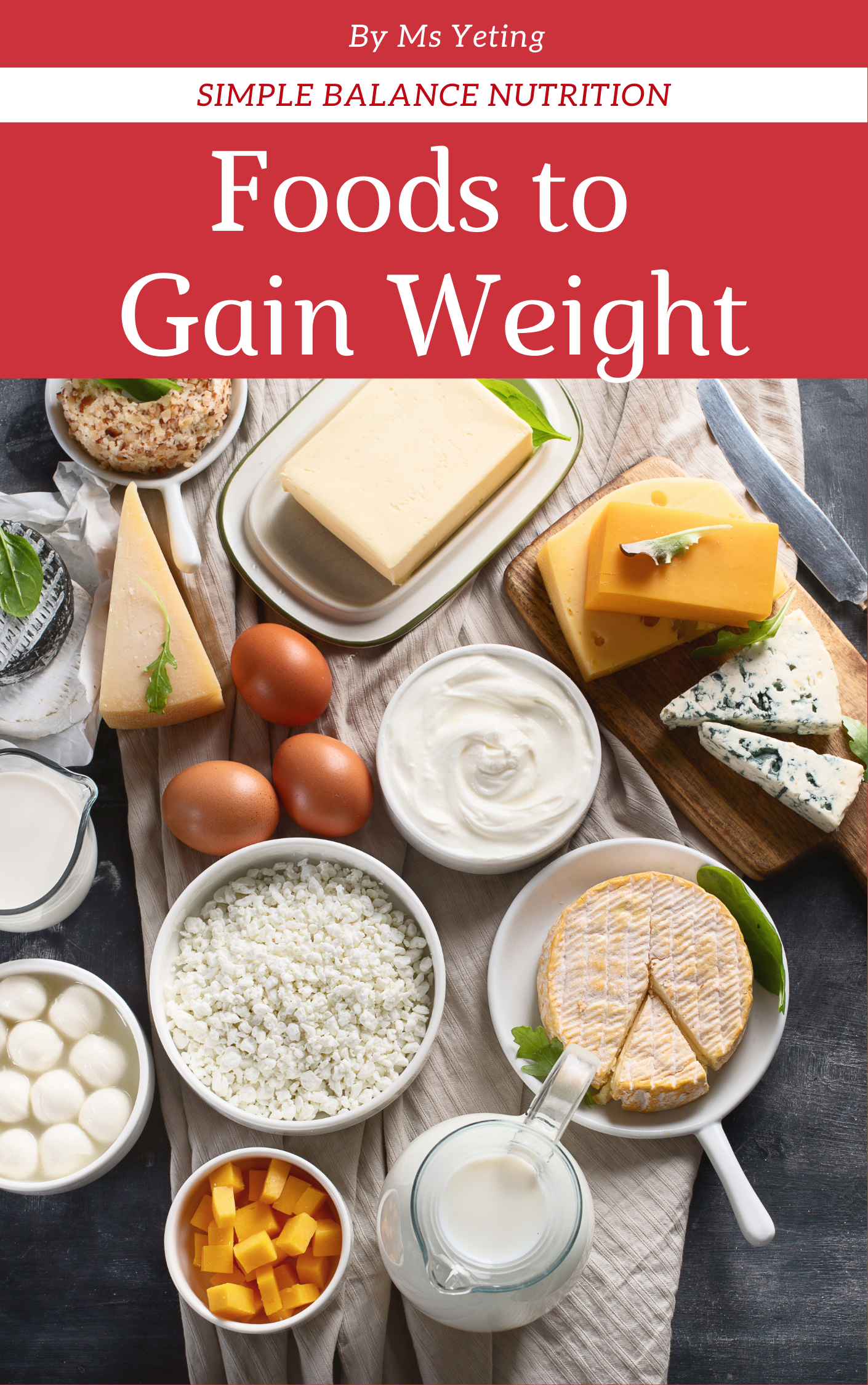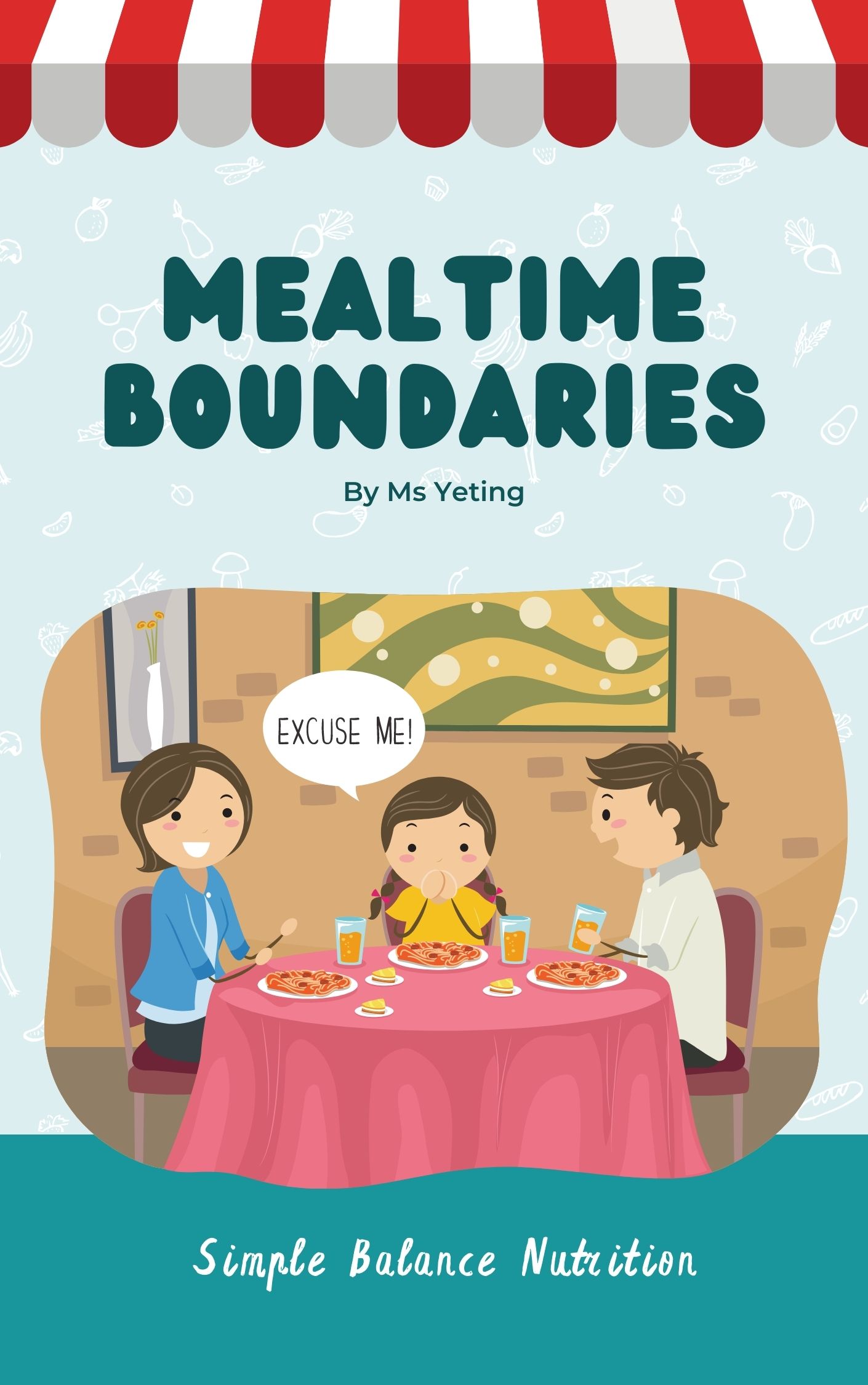Introducing solids is an exciting milestone – messy, yes, but full of learning and discovery. If you’re starting Baby-Led Weaning (BLW), you’ve likely spent time thinking about safe textures, iron-rich foods, and how to reduce choking risks. But one question that often gets overlooked is: What cooking oil should I use when preparing food for my baby?
As a mom and dietitian, I know how overwhelming the oil aisle can be. From avocado oil to ghee to the “should I avoid palm oil?” debate, it’s easy to feel lost. The truth is fat is essential for babies’ growth, brain development, and nutrient absorption. But not all fats are created equal. This guide will help you understand which cooking oils are most suitable for your little one, especially in the first year of life.
WHY FATS MATTER IN BABY’S DIET
Babies need more fat in their diets than adults. In fact, 40–50% of their total calories should come from fat in the first year. Healthy fats support brain and nerve development, help absorb fat-soluble vitamins (A, D, E, and K), and provide energy for all the crawling, babbling, and growing your baby is doing.
Cooking oils are one way to provide these beneficial fats. A drizzle of oil can also help soften textures and enhance the taste of vegetables, grains, and proteins, making foods more enjoyable for babies exploring solids.
WHAT TO LOOK FOR IN A COOKING OIL FOR BABIES
When choosing a cooking oil for your baby, especially during the early stages of Baby-Led Weaning (BLW), the quality and nutritional profile of the oil really matters. First, look for oils that are rich in healthy fats, particularly unsaturated fats like monounsaturated and polyunsaturated fats. These support your baby’s brain development, hormone production, and the absorption of fat-soluble vitamins such as A, D, E, and K. It’s also important to choose oils that are minimally processed, look for labels that say “cold-pressed,” “virgin,” or “unrefined,” as these methods help retain more nutrients and avoid harmful chemicals or excessive heat during production.
Another key factor is smoke point, which refers to the temperature at which oil begins to break down and produce harmful compounds. For cooking methods like sautéing or pan-frying, you’ll want oils with a moderate to high smoke point (e.g., avocado oil, ghee, or refined coconut oil) to keep meals safe and nutritious. For drizzling over food or using in no-cook recipes like dips or baby hummus, lower smoke point oils like extra virgin olive oil are perfectly fine. Also, consider the oil’s flavour, mild-tasting oils are usually better accepted by babies who are just getting used to different textures and tastes. Lastly, choose oils without added salt, preservatives, artificial flavours, or colourings. Simpler is always better when feeding little ones, especially in their first year of life.
BEST COOKING OILS FOR BABIES
Here are baby-friendly oils you can feel good about using in your kitchen:

Avocado Oil
- Why it’s great: High in heart-healthy monounsaturated fats and vitamin E
- Smoke point: Very high (~270°C), ideal for cooking and pan-frying
- Taste: Neutral and light, making it baby-friendly
- How to use: Drizzle over roasted veggies or use for sautéing soft meat strips
Coconut Oil
- Why it’s great: Contains medium-chain triglycerides (MCTs) that are easily digestible
- Smoke point: Medium (~175°C)
- Taste: Slightly sweet, which some babies love
- Note: Use in moderation due to higher saturated fat content
- How to use: Works well in baby pancakes, sweet potatoes, and baby muffins
Extra Virgin Olive Oil (EVOO)
- Why it’s great: Rich in antioxidants and anti-inflammatory compounds
- Smoke point: Moderate (~160–190°C), best for light cooking or drizzling
- Taste: Mild and fruity
- How to use: Stir into baby-friendly pasta or mashed lentils for extra flavour and nutrition
Ghee
- Why it’s great: Clarified butter that’s lactose-free, rich in vitamin A and short-chain fatty acids
- Smoke point: High (~250°C)
- Taste: Nutty and aromatic
- How to use: Perfect for Indian or Asian-inspired BLW dishes like soft lentil patties or veggie rice
Unsalted Butter
- Why it’s great: Offers fat-soluble vitamins (especially A and D), a familiar taste
- Smoke point: Low (~150°C), so best for light cooking
- How to use: Melt a little into porridge or spread thinly on toast
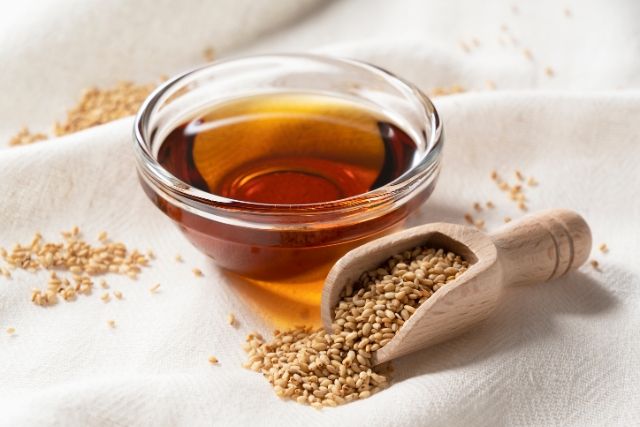
Sesame Oil (in moderation)
- Why it’s great: Flavourful and contains both mono- and polyunsaturated fats
- Note: May be allergenic; introduce with caution and as per your pediatrician’s guidance
- How to use: Add a drop to stir-fried soft tofu or baby noodles for older infants (8–9 months+)
Red Palm Oil (Sustainably Sourced)
- Why it’s worth considering: Widely used in Asian cooking and contains a mix of saturated and unsaturated fats, along with vitamin E
- What to note: Choose MSPO-certified (sustainable) red palm oil if possible
- How to use: In traditional dishes like baby-friendly nasi lemak or vegetable curry with minimal spices
OILS TO AVOID OR USE WITH CAUTION FOR BABIES
Not all cooking oils are created equal, some may look harmless on the label but are actually less suitable for your baby’s delicate system. During the first year of life, babies are especially vulnerable to certain fats, additives, and industrial processing methods. As a dietitian and mom, I always encourage families to keep baby’s first foods as close to whole and minimally processed as possible, including the oils we cook with.

1. Avoid hydrogenated or partially hydrogenated oils
These are industrially processed fats that contain trans fats, which have been strongly linked to heart disease, inflammation, and impaired brain development. Although most countries are phasing out trans fats, they can still sneak into processed foods and some commercial oil blends, especially in products like margarine, baked goods, or instant noodles. Always check the label, and steer clear of any ingredient list that mentions “partially hydrogenated oils.”

2. Highly refined vegetable oils
Corn oil, soybean oil, sunflower oil, and conventional canola oil are also worth using with caution. While these oils are commonly used in households and restaurants, they undergo heavy processing and are often extracted using high heat or chemical solvents. This not only strips away beneficial nutrients, but can also increase oxidation, which contributes to inflammation in the body. Some of these oils are also high in omega-6 fatty acids, which, when consumed in excess and without enough omega-3s, may promote an imbalanced inflammatory response, not ideal for growing bodies.

3. Flavoured oils or blends with additives
Oils infused with garlic, chilli, herbs, or artificial flavours may sound gourmet, but they can be too strong for babies’ developing taste buds and digestion. Some may also contain preservatives or allergens not suitable for infants. Save these oils for family meals after baby’s first year.

4. Nut oils like walnut or peanut oil should be introduced cautiously.
While nuts can be part of a baby-safe diet when introduced properly (and under pediatric guidance if there’s a family history of allergies), these oils can be more allergenic and unstable when heated. If you’re introducing nut-based oils, do so gradually, with supervision and preferably in cold applications like drizzling over cooled food.

5. Reused cooking oils, such as oils used for deep-frying.
These oils break down at high temperatures and can produce harmful compounds that aren’t suitable for any age, let alone babies. Always use fresh oil for baby’s food, and avoid giving them anything that’s been fried in reused or overly heated oil.
PRACTICAL TIPS FOR PARENTS
When introducing cooking oils into your baby’s meals, simplicity and moderation are key. Babies don’t need large amounts of oil, just a small drizzle (about 1/2 to 1 teaspoon per serving) is enough to add healthy fats without overwhelming their tiny digestive systems. A little goes a long way in softening textures, improving mouthfeel, and making food more palatable, especially for naturally bitter vegetables like spinach or broccoli.
One helpful approach is to rotate between different oils to offer a variety of healthy fats. For example, you might use avocado oil when roasting vegetables one day, and olive oil to sauté baby’s scrambled eggs the next. This diversity helps ensure a more balanced intake of monounsaturated, polyunsaturated, and saturated fats, all of which play different roles in growth and development.
Always consider how the oil is used. For higher heat cooking like stir-frying or baking, choose oils with a higher smoke point like avocado oil, ghee, or refined coconut oil to reduce the risk of harmful byproducts. For finishing touches or no-cook dishes, like stirring into mashed lentils or drizzling over baby-friendly porridge, extra virgin olive oil or cold-pressed oils work beautifully and add a subtle flavour boost.
Be mindful when introducing oils that are more allergenic or culturally less familiar, such as sesame or peanut oil. If there’s a history of food allergies in your family, consult with your pediatrician or a pediatric dietitian before introducing these oils. When you do introduce them, do it one at a time and observe your baby for any signs of allergic reaction over the next few days.
Lastly, trust your baby’s cues. Some babies may initially resist the new mouthfeel that added oils bring, and that’s okay. Keep offering small amounts and pair them with familiar foods. Remember, you’re not just feeding a baby, you’re laying the foundation for a lifetime of healthy eating habits, and every thoughtful choice you make adds up over time.
BOTTOM LINE
There’s no single “perfect oil” for every baby. The key is to choose oils that are wholesome, age-appropriate, and support your baby’s nutritional needs. Whether you’re preparing soft scrambled eggs with olive oil or stir-frying tofu with a dash of ghee, rest assured, your efforts to nourish your little one are meaningful and impactful.
If you’re ever unsure about introducing a particular oil, speak to your pediatrician or a registered dietitian who’s experienced in baby feeding.
Every baby is different, and so is every family kitchen. But with a little guidance, choosing healthy fats can be simple, nourishing, and even fun. Happy cooking!


















